Eventually, the area became owned by the Edelfreien family [a series of feudal lords that became known as the “Bigger (“lightning spear”) Von Steinach]. It was this family line that constructed the famous “Four Castles of Neckarsteinach.”
In 1377, the first mention of Neckarsteinach as a settlement was documented. During this same century, the town was surrounded by defensive walls, making it an enclosed fortification. The 15th century saw Neckarsteinach receiving its first town charter. It was heavily damaged throughout the Thirty Years War (1618-1648). By the end of the 17th century, French Huguenots settled in the area. With their cloth making and tanning skills, the town prospered. In 1699, ownership of the town passed to Casper Hugo Von Metternich Zu Mullensch, only to have it taken over by the Electorate of the Palentinate fifty-five years later.
The most famous landmarks in the town are it’s four castles, built between 1100 and 1231;
Vordenburg (meaning “Fore-castle” or “Further Castle”);
Mittelburg (meaning “Middle Castle”);
Hinterburg (meaning “Hind Castle” or “Hinder Castle”);
Schwalbennest (meaning “Swollows Nest”).
Various families owned the castles through the Late Middle Ages until they became the property of the Bishopric of Worms and Speyer. In the early 1800’s, Vorderburg was sold into private ownership. Today, the Mittelburg is home to the Von Warsberg-Dorth family. The others are now visible to the public. Our son David had suggested that we visit this quaint town and it was great advice.
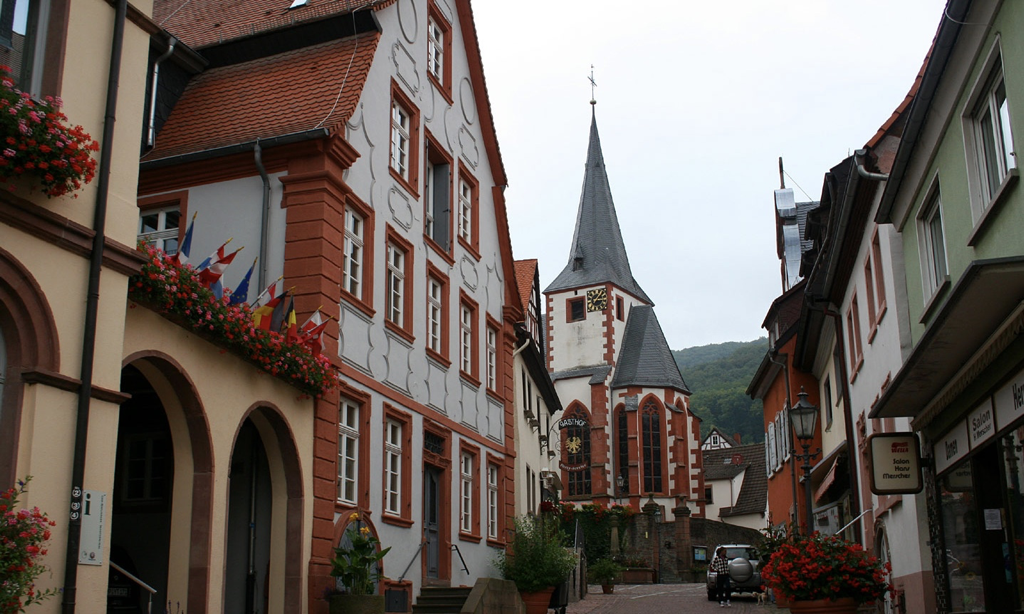
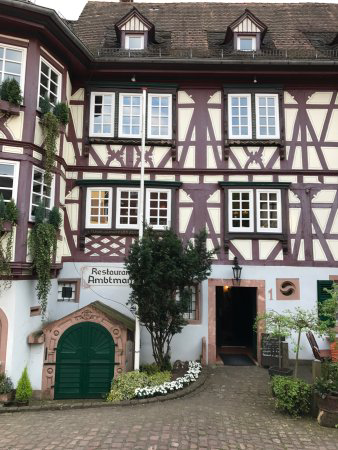

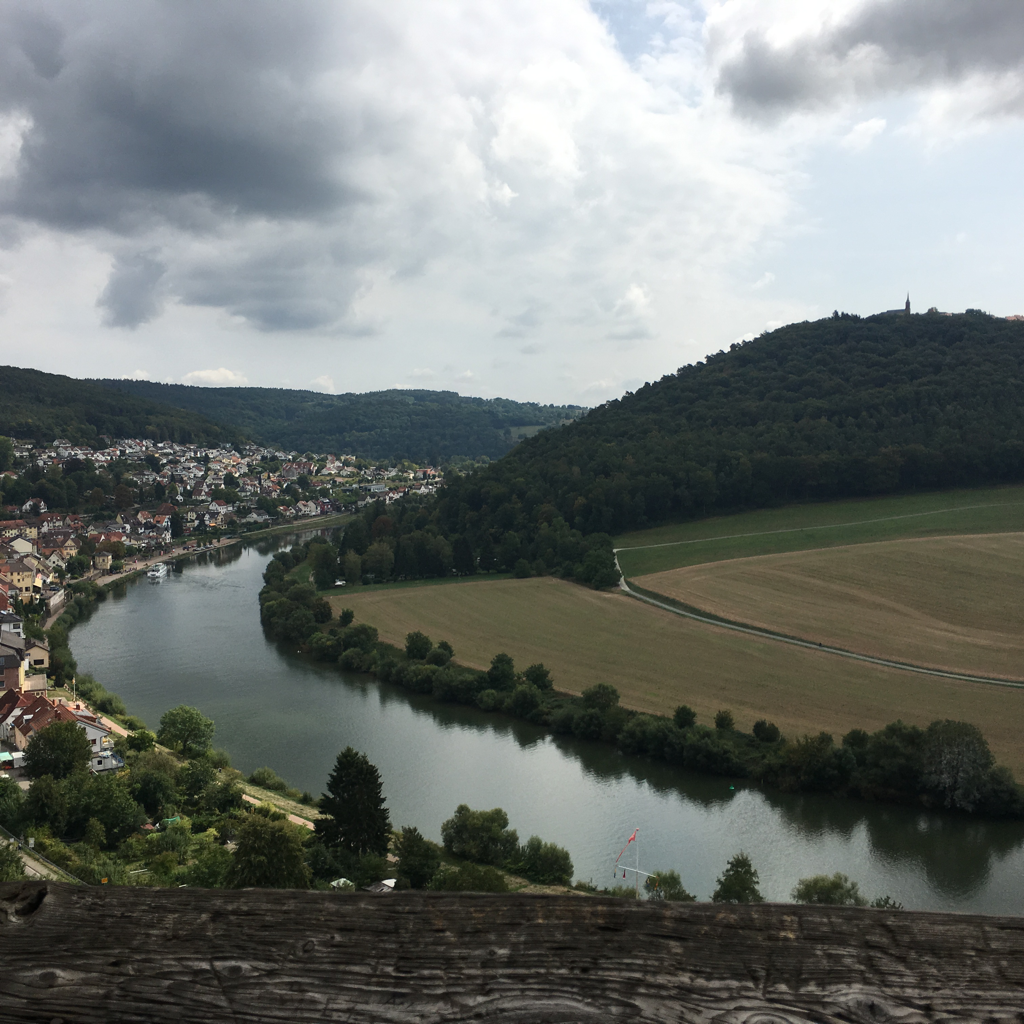
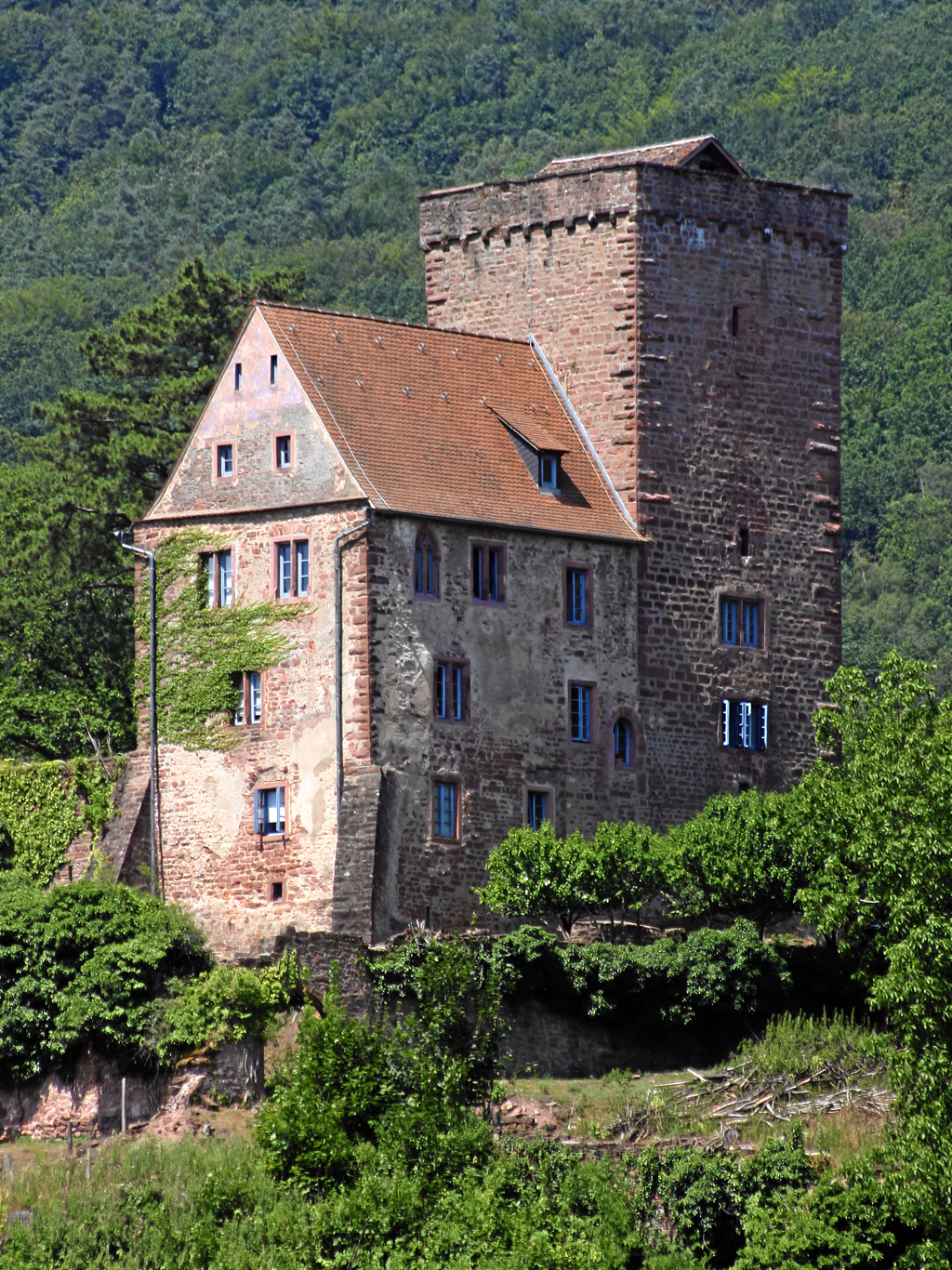
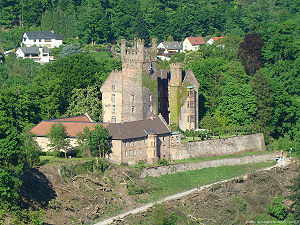
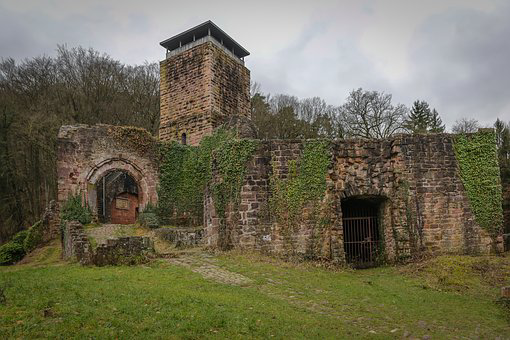
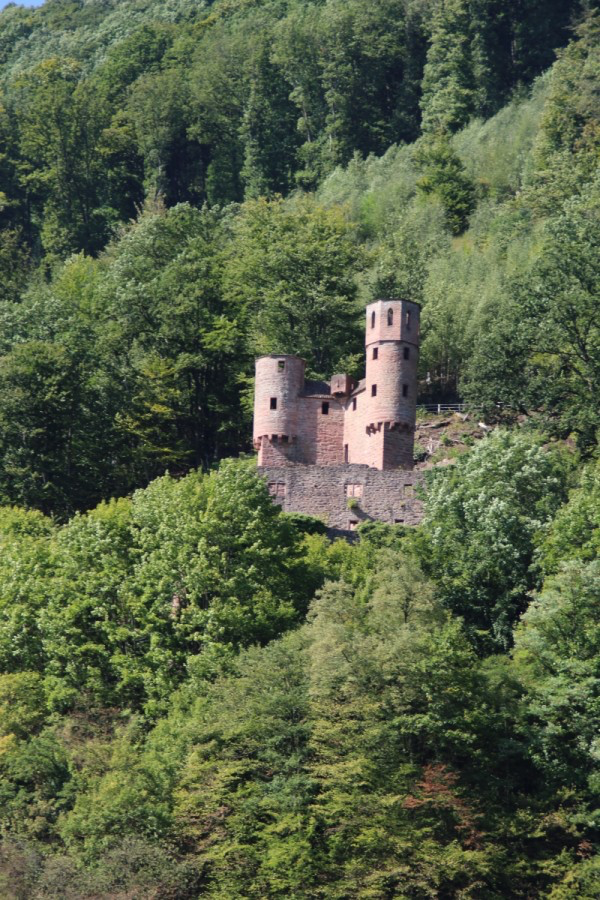
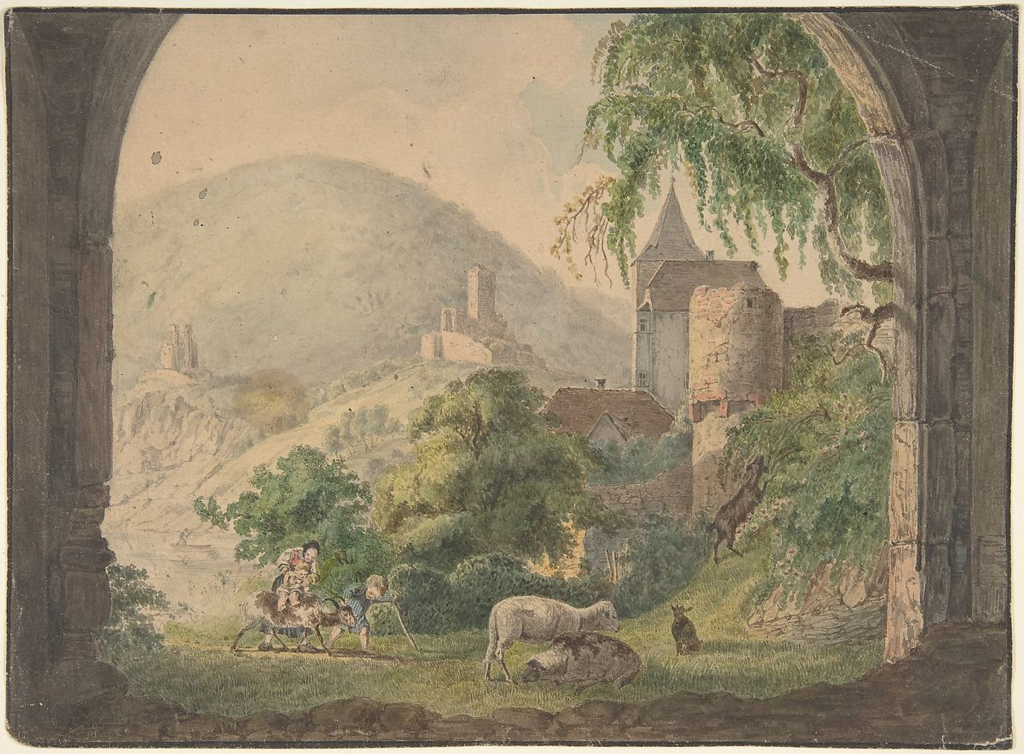
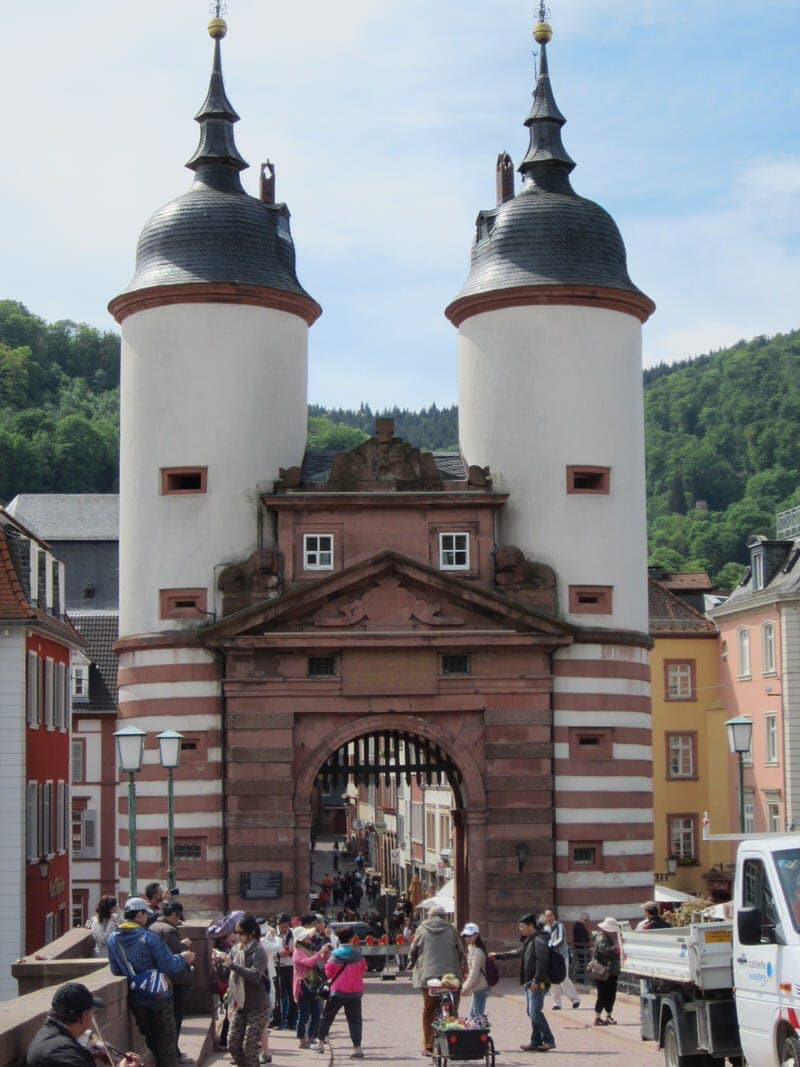
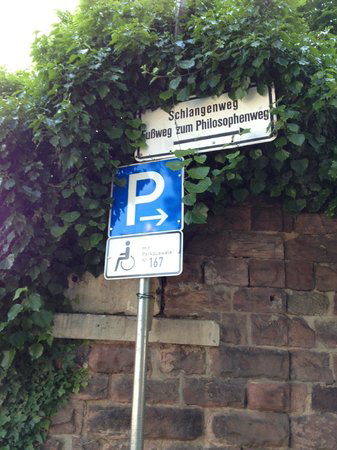
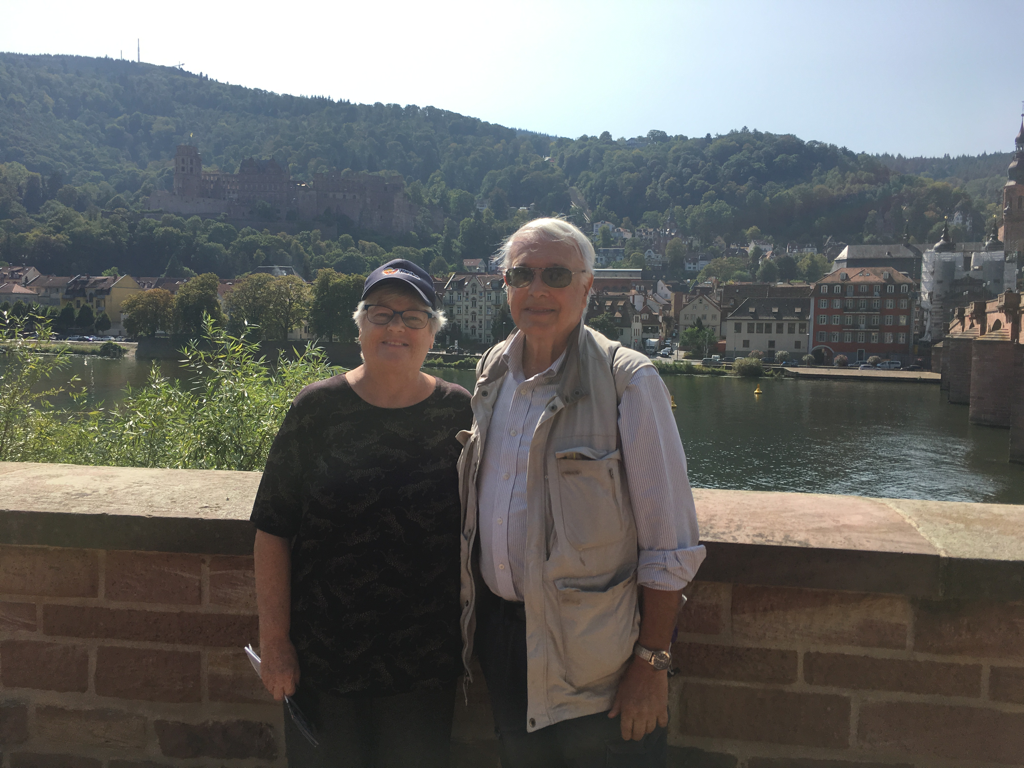
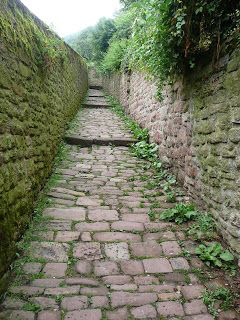
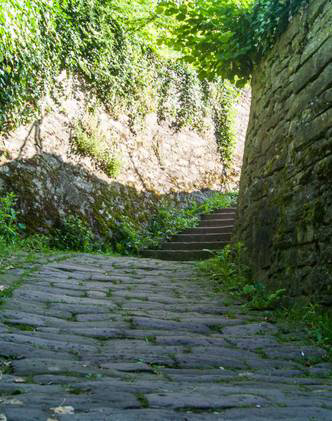
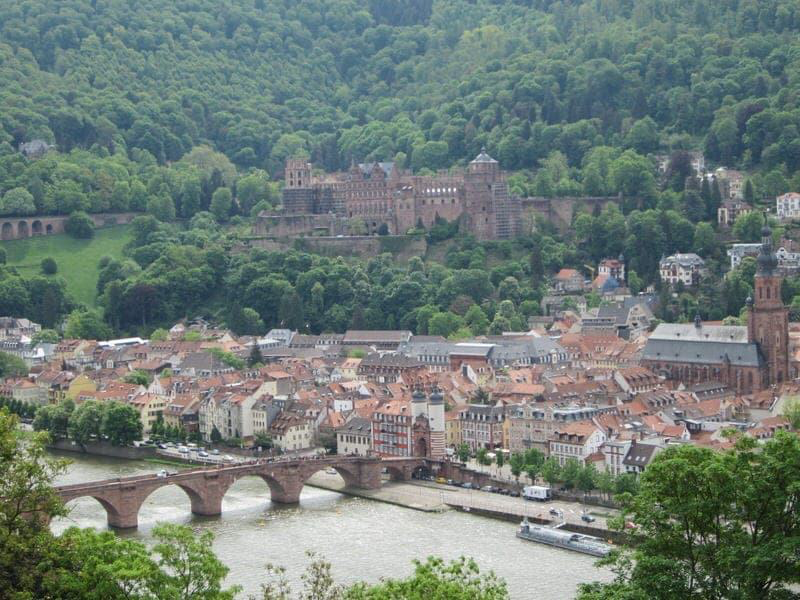
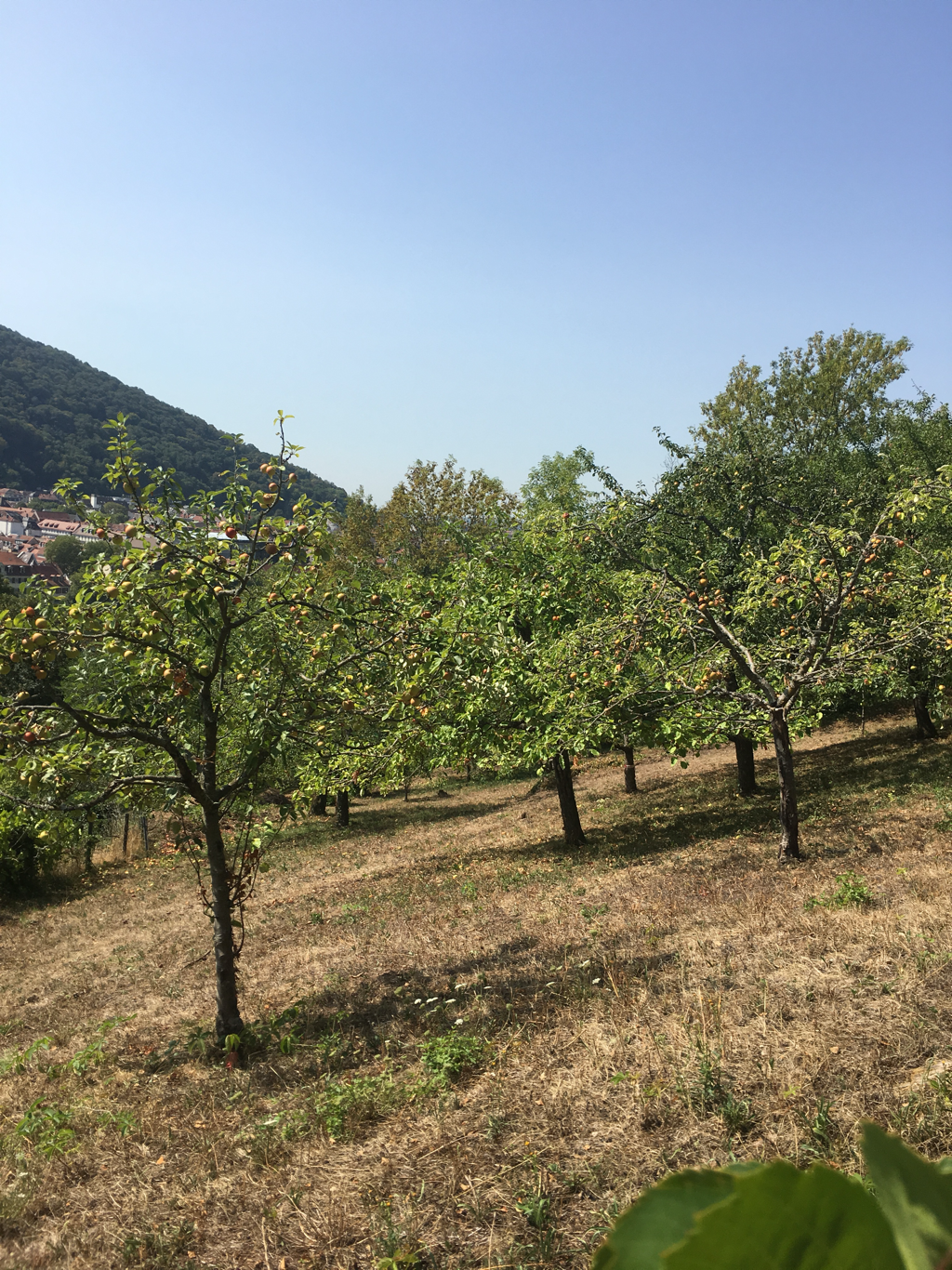
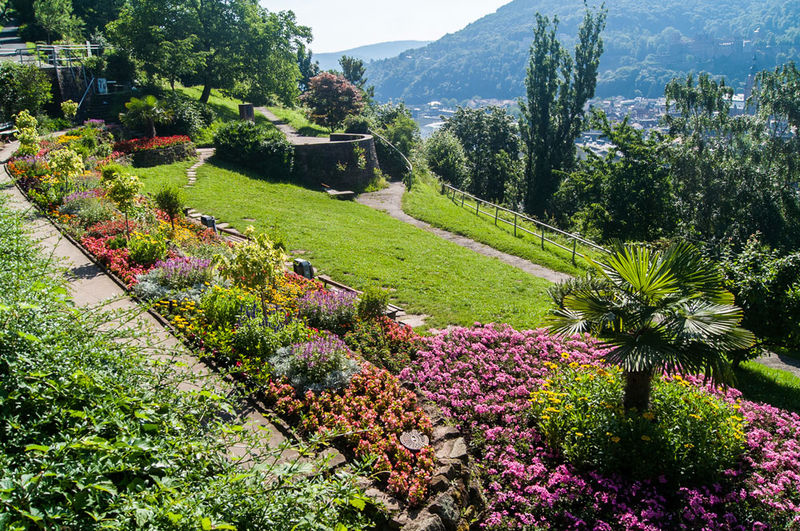
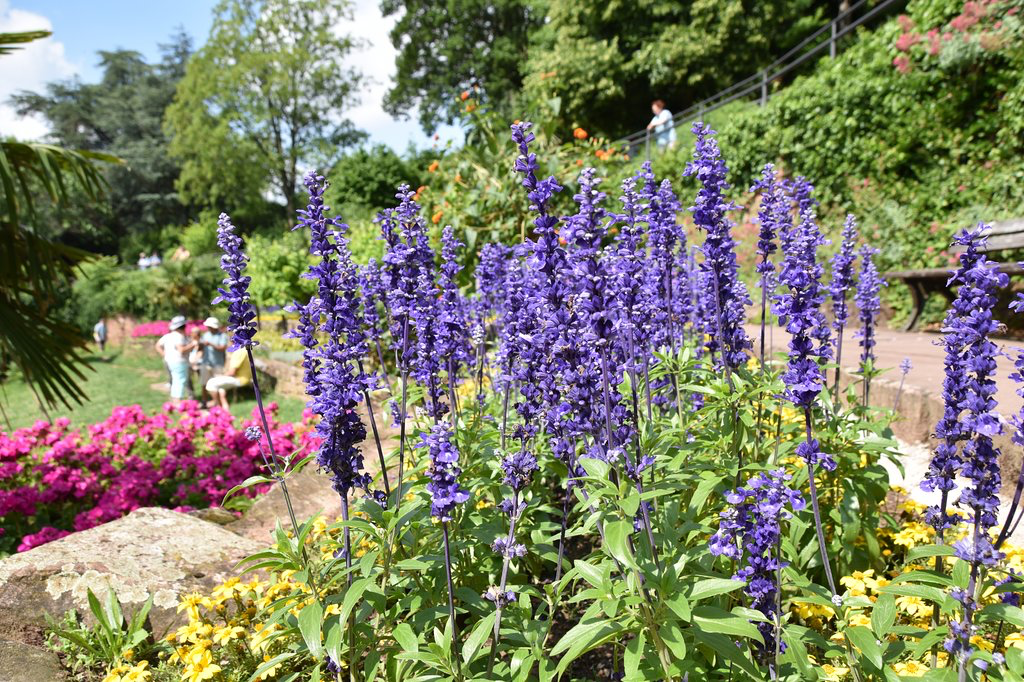
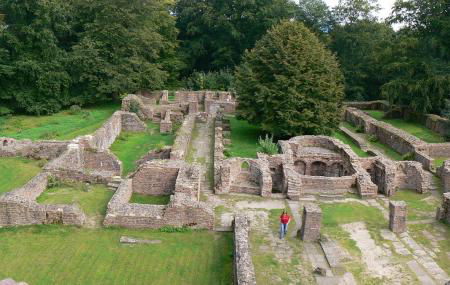
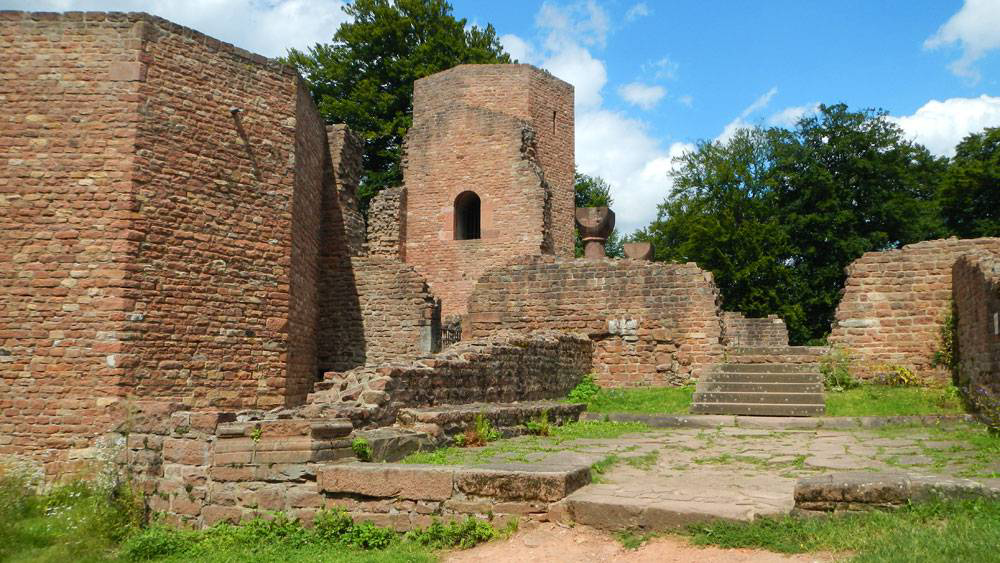
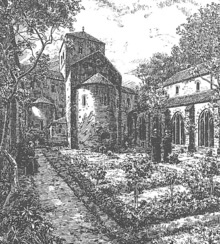
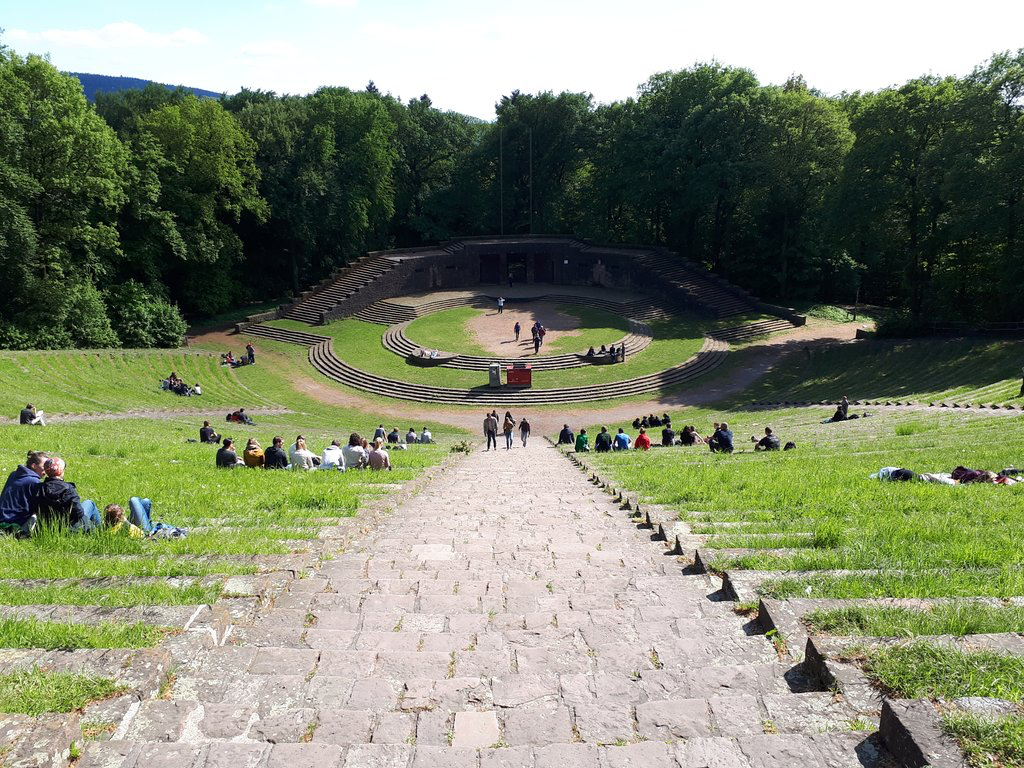
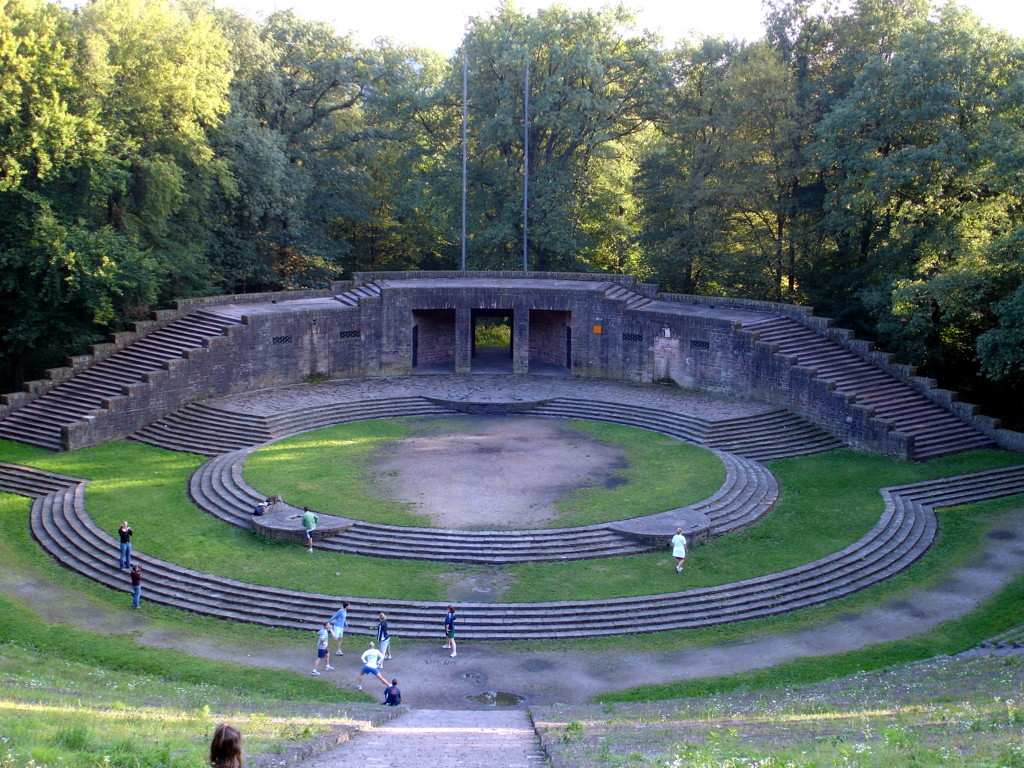
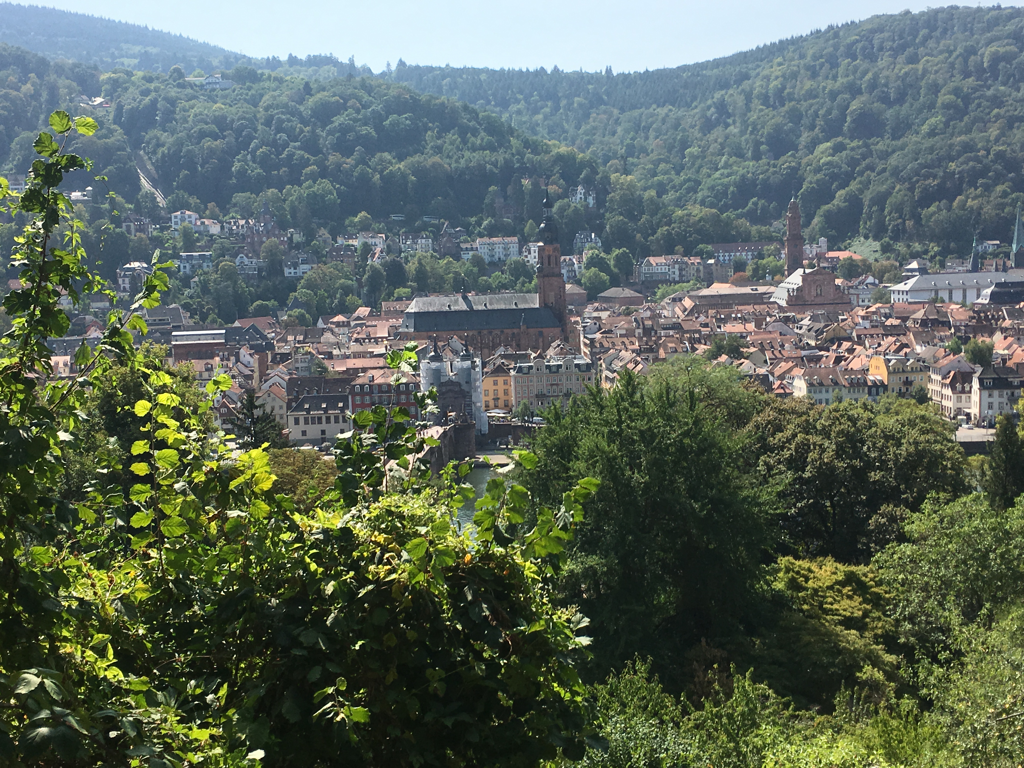
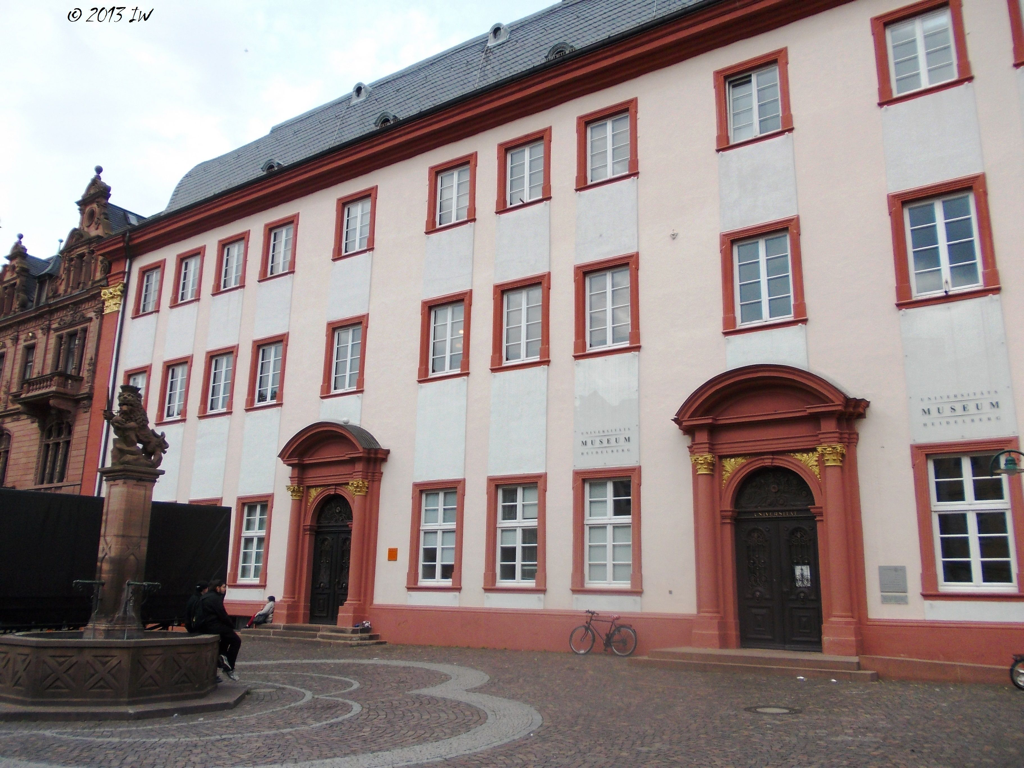
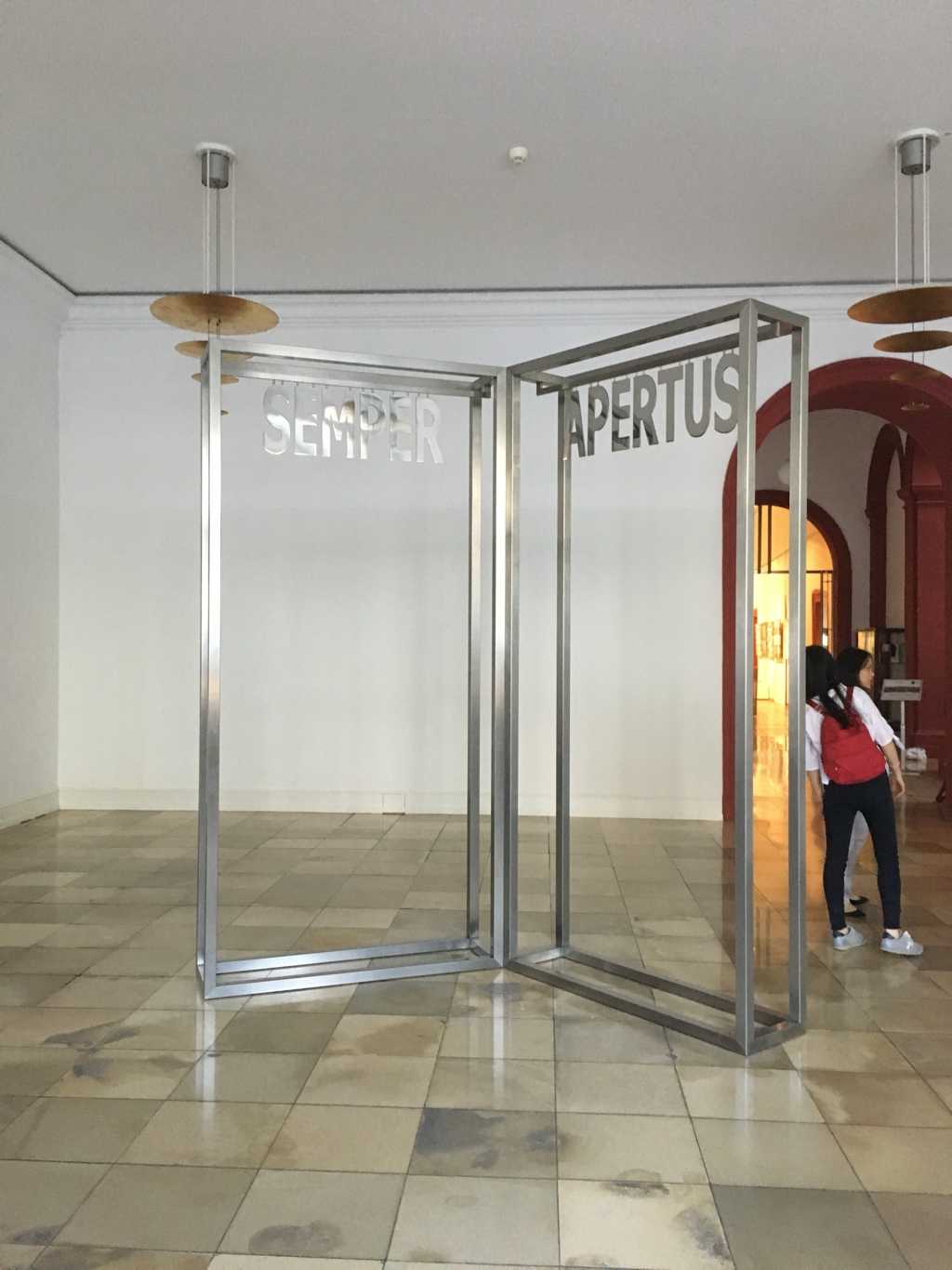
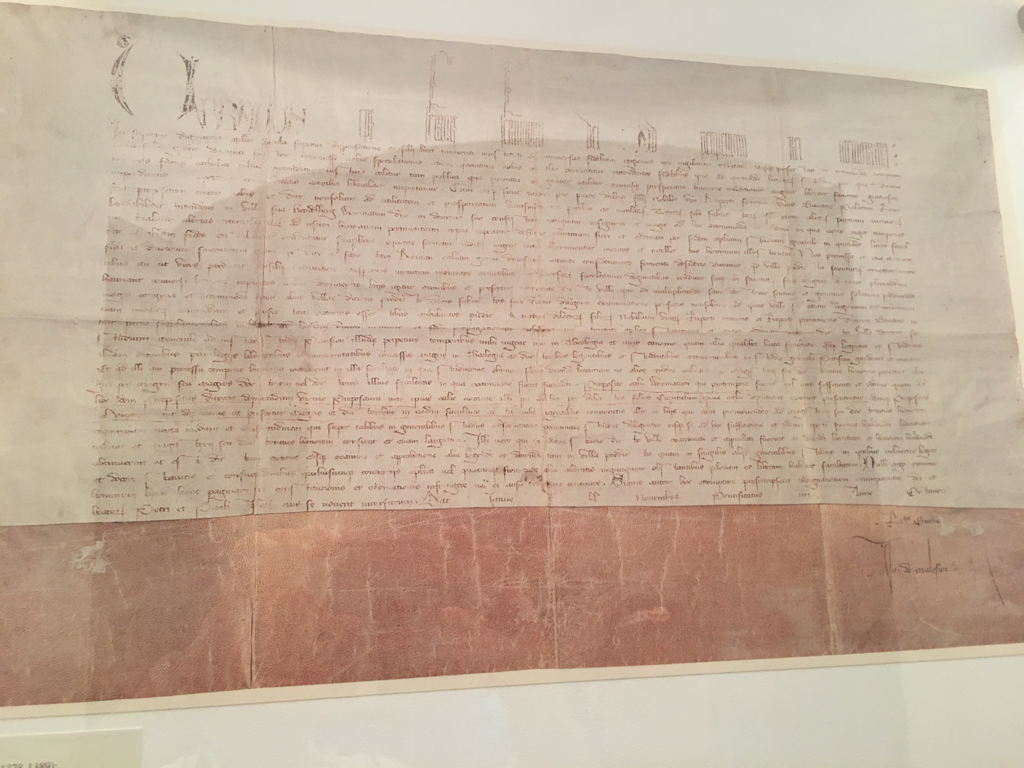
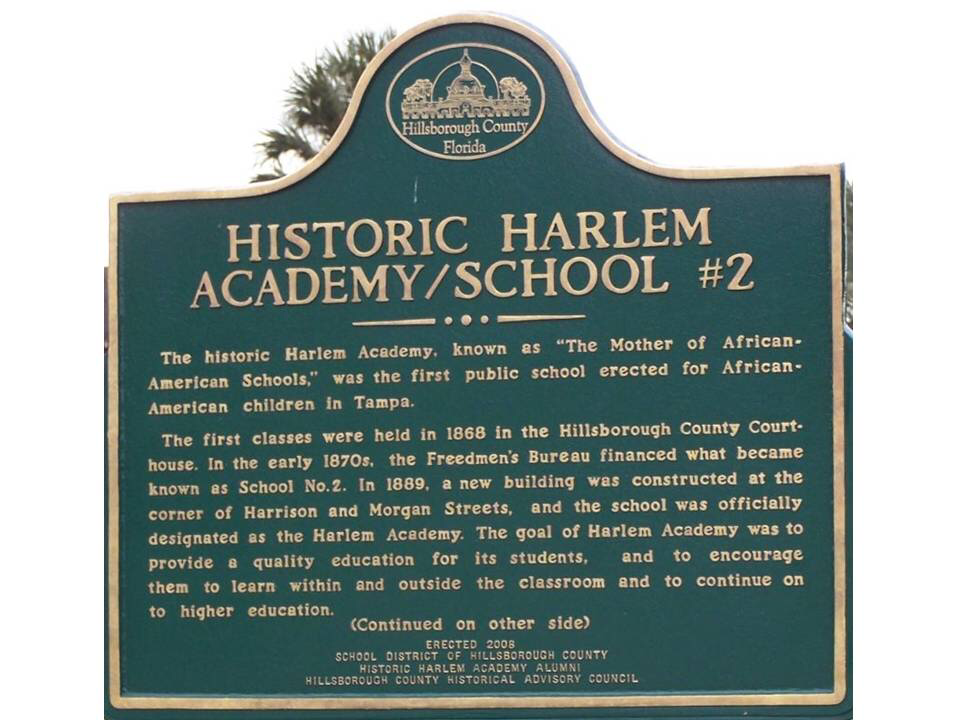
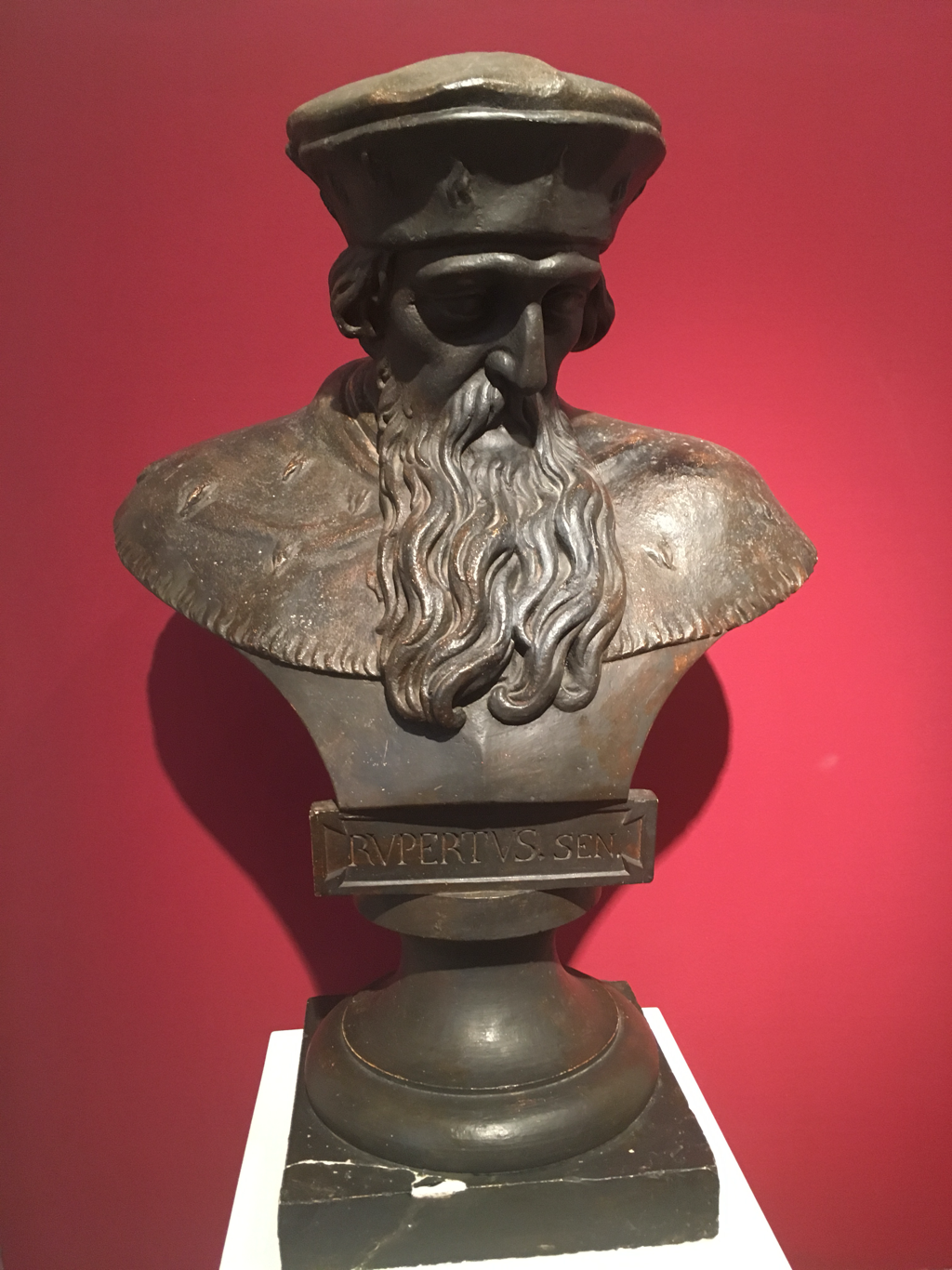
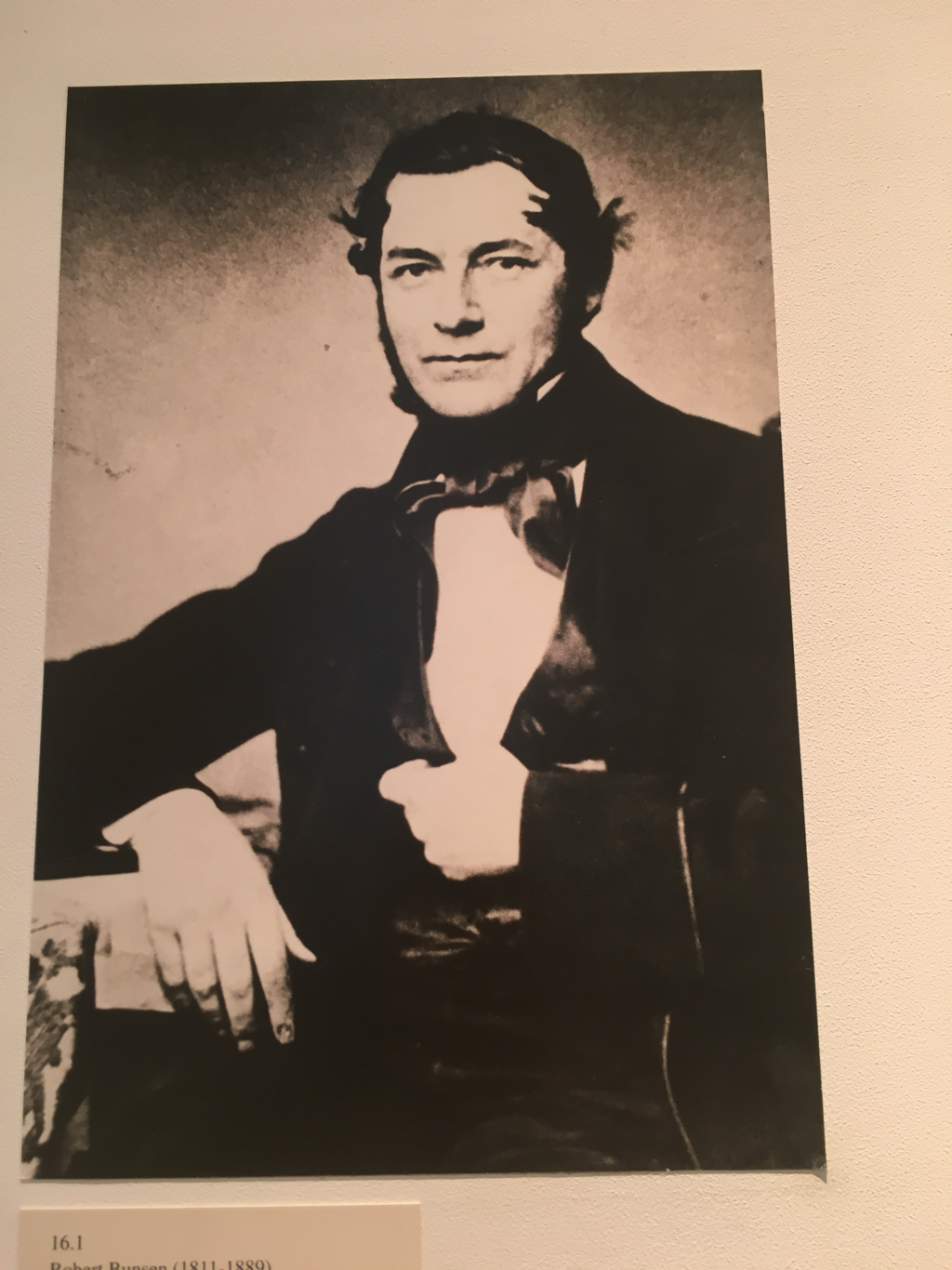
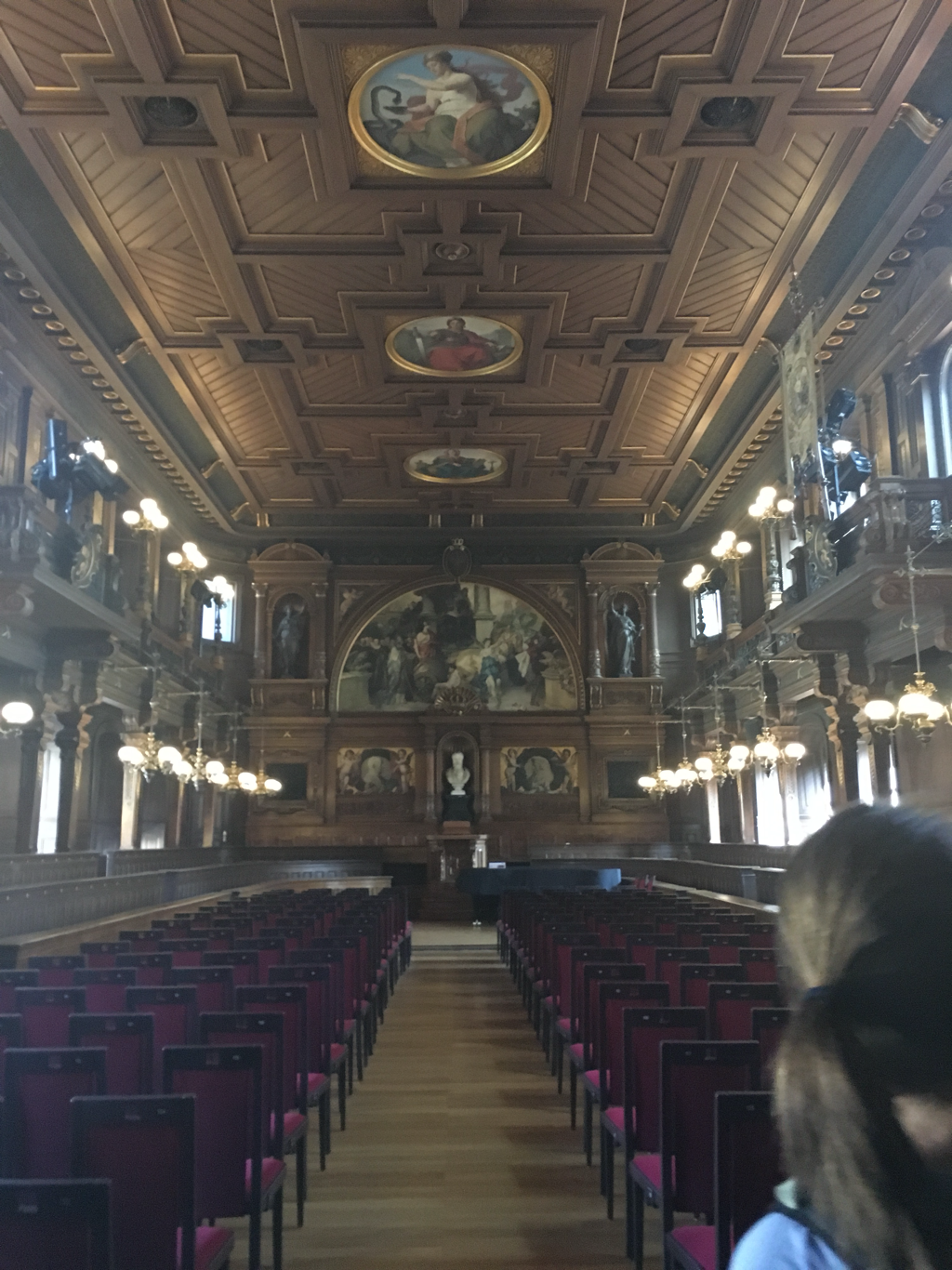
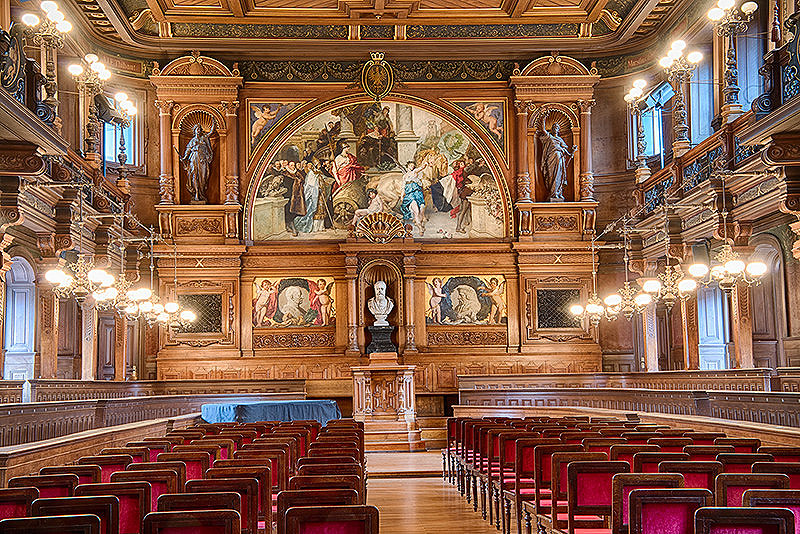
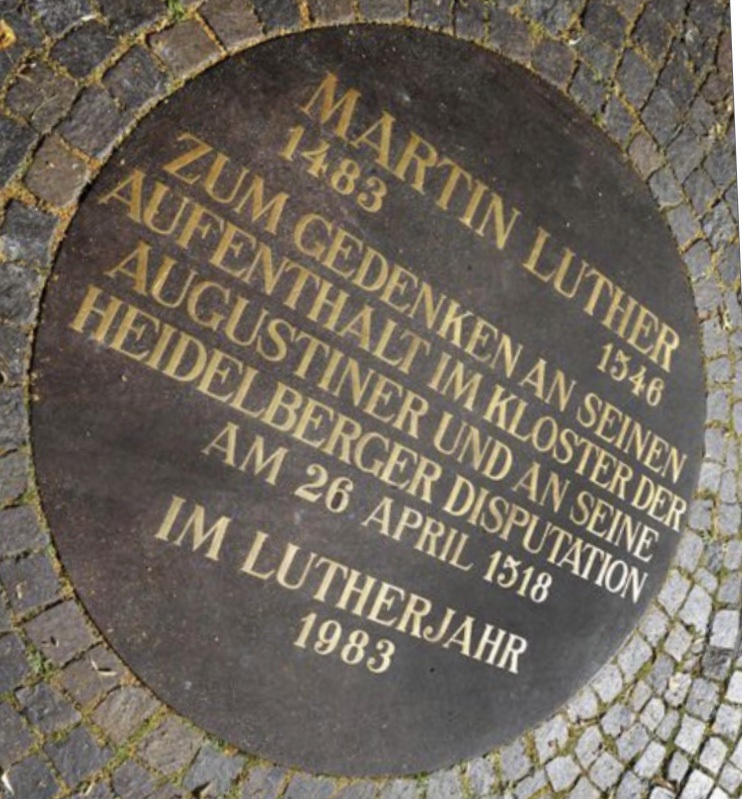
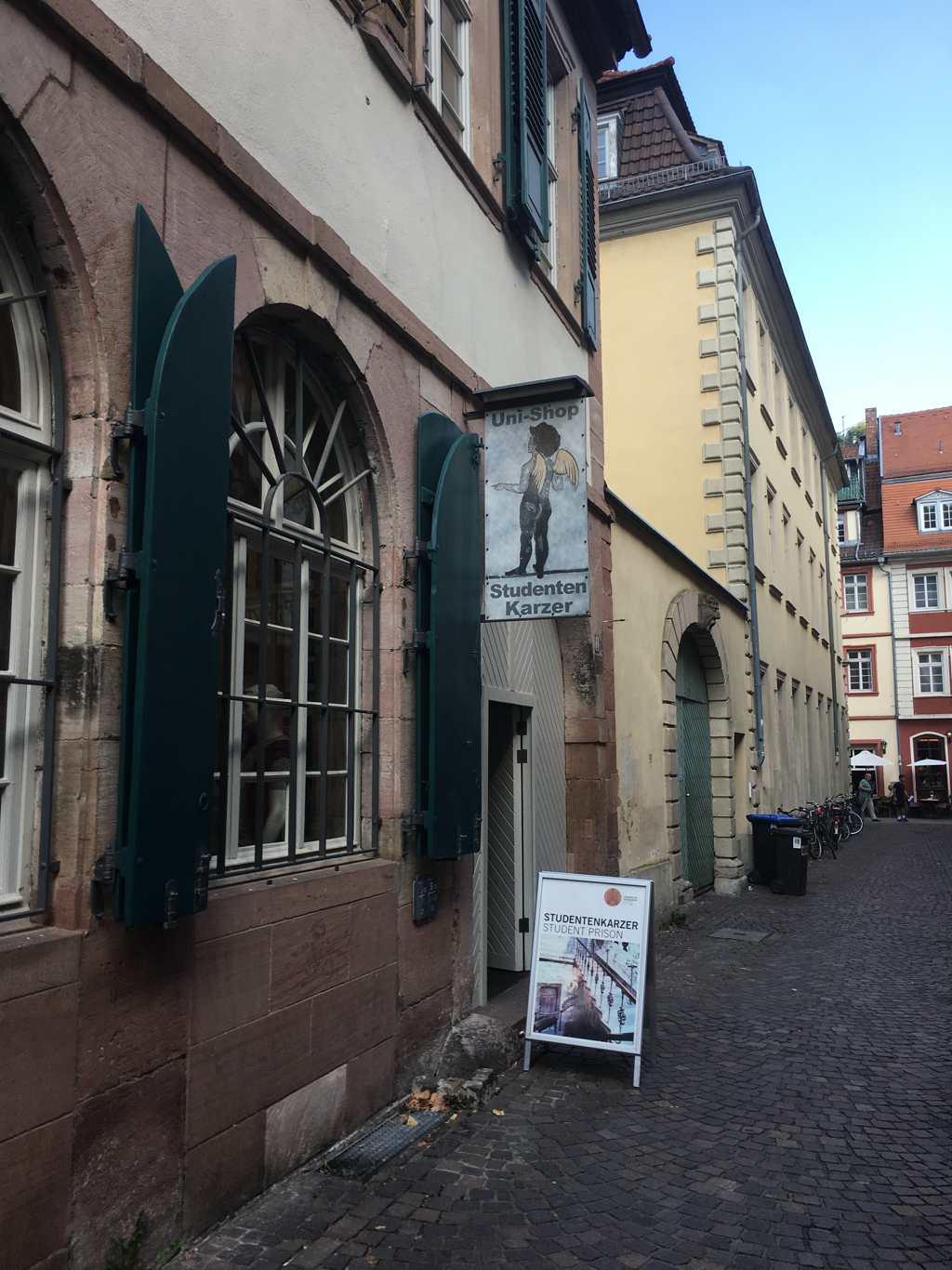
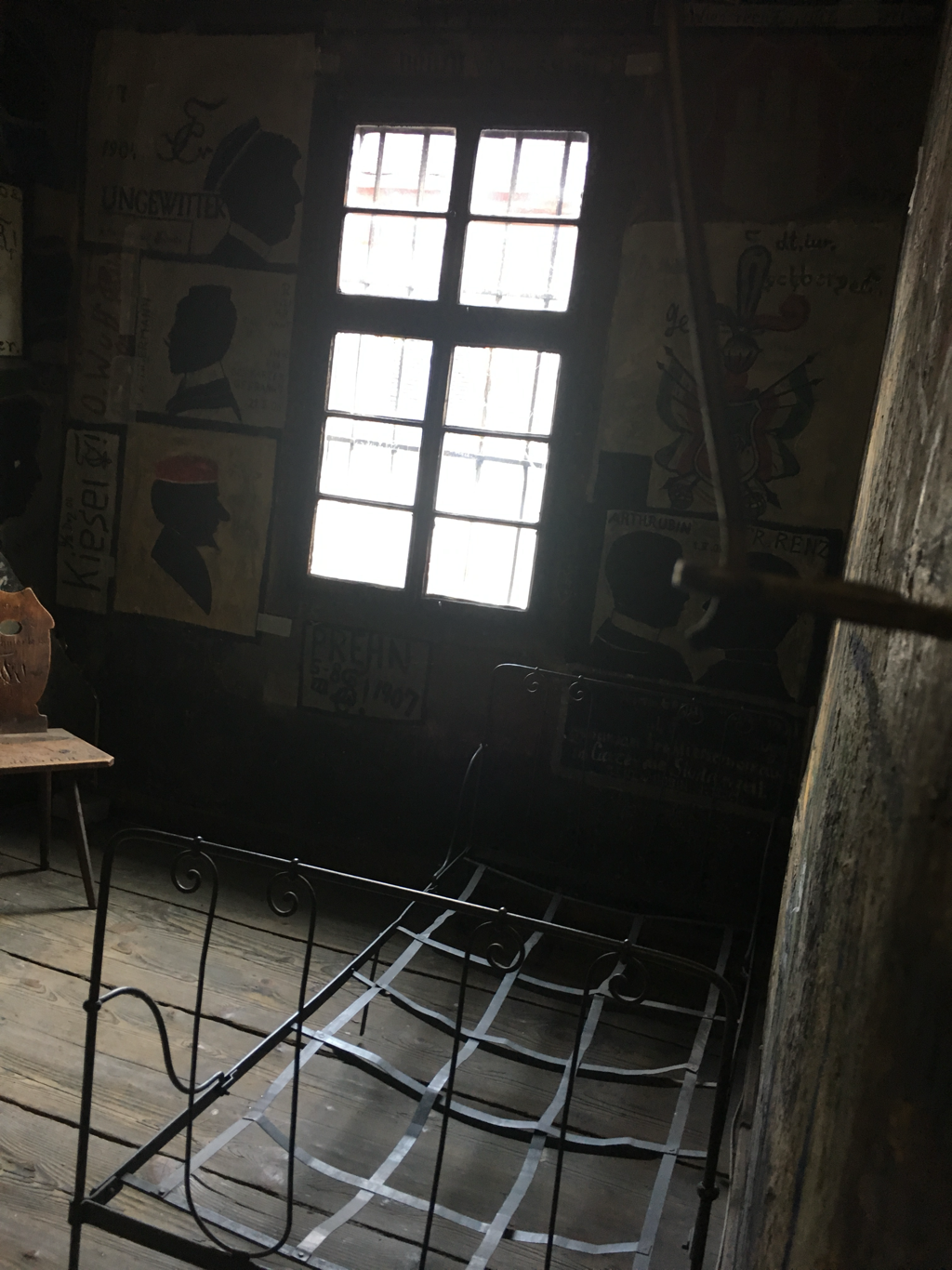
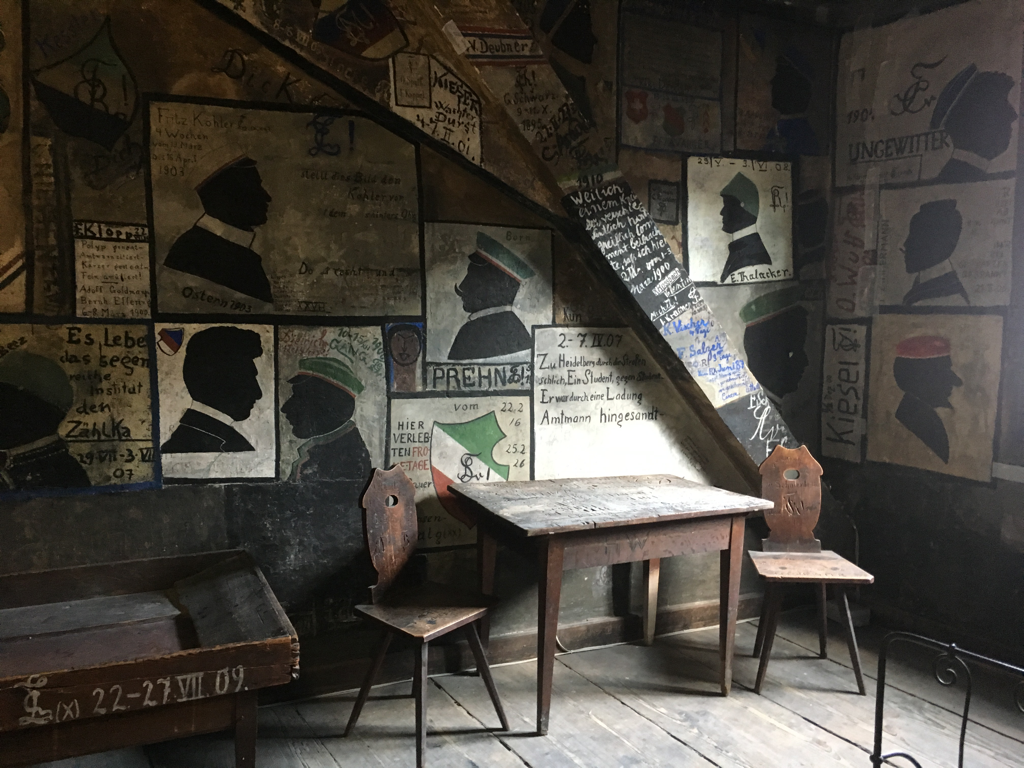
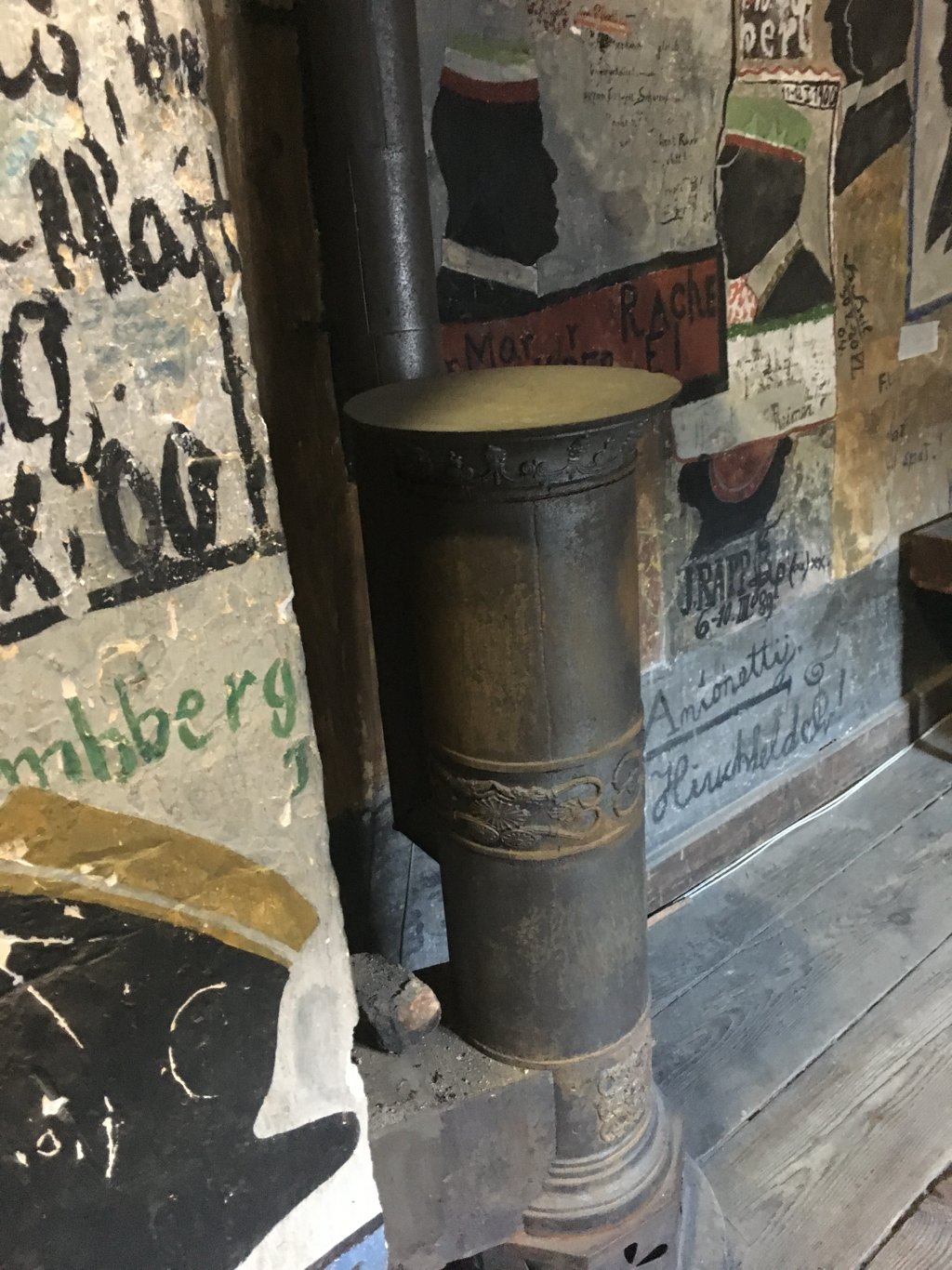
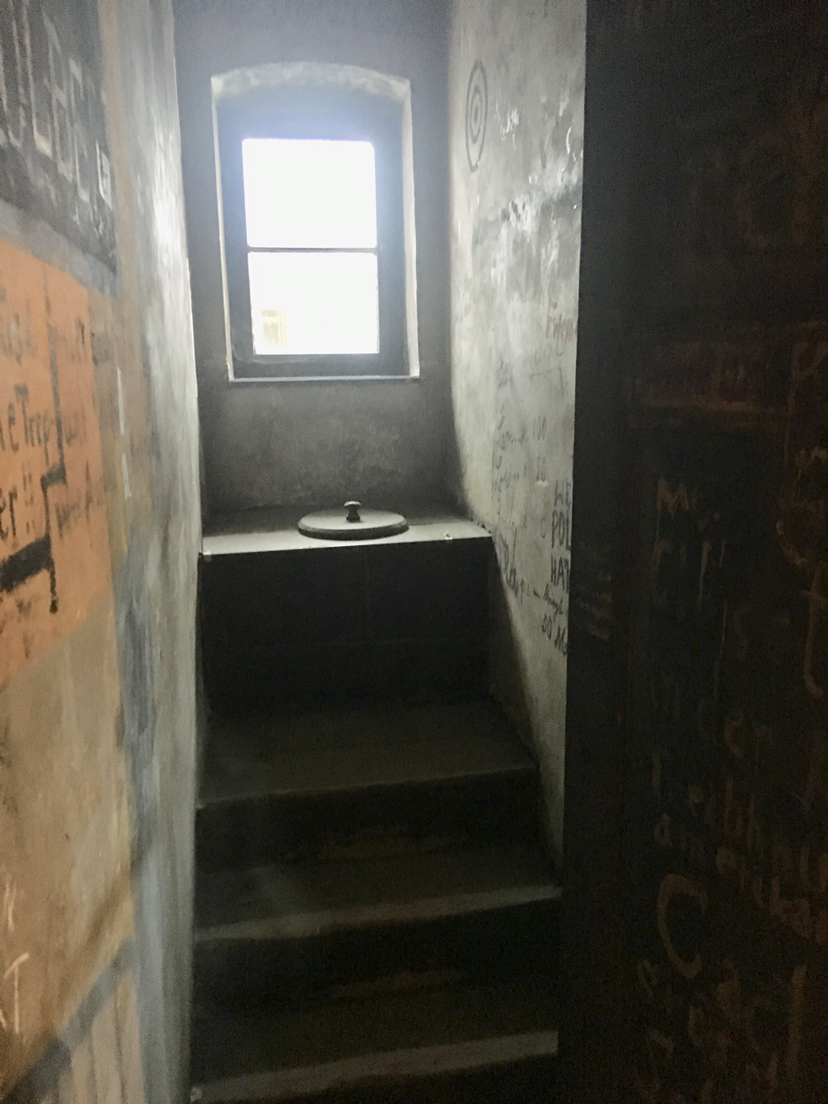
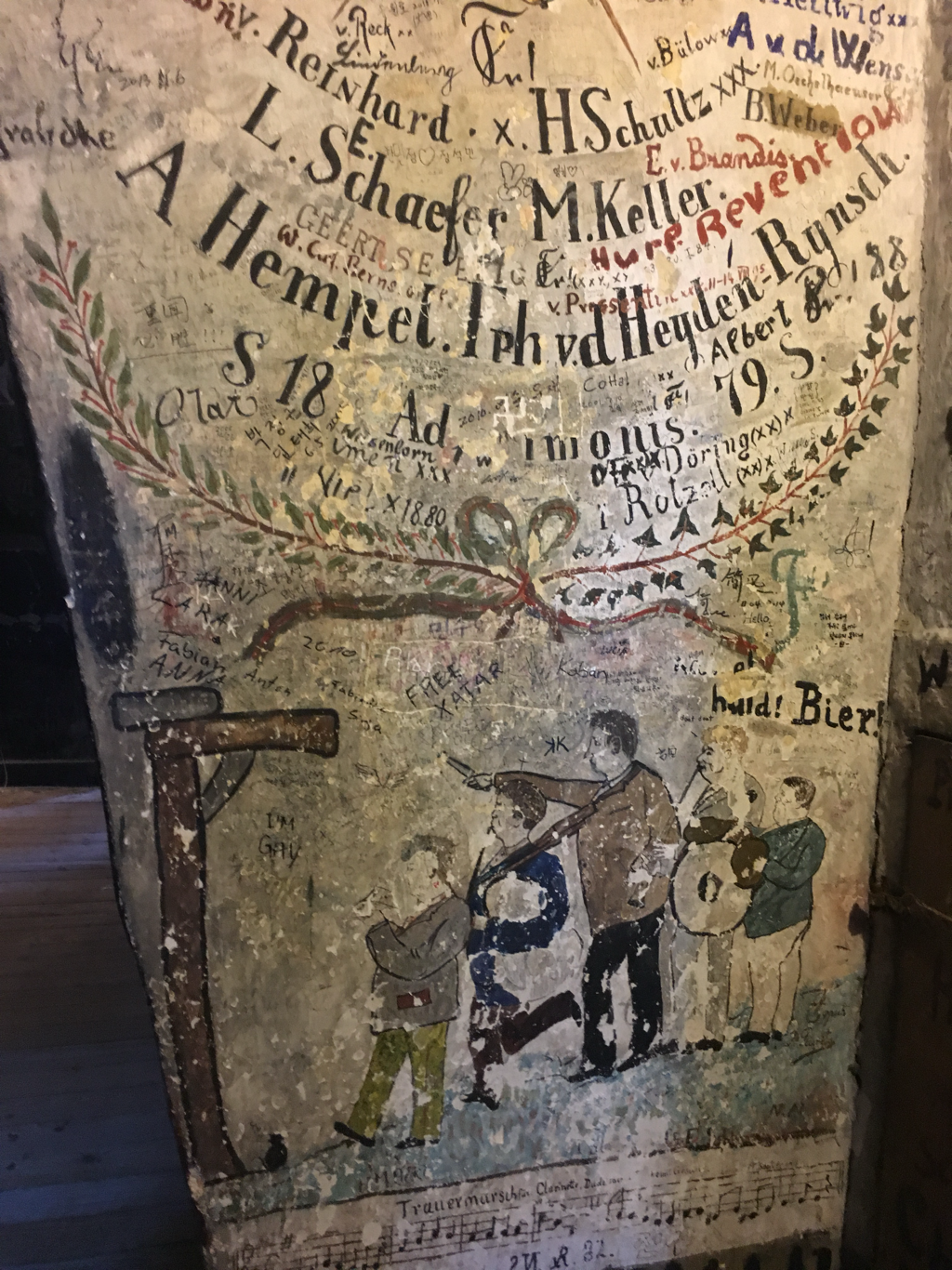
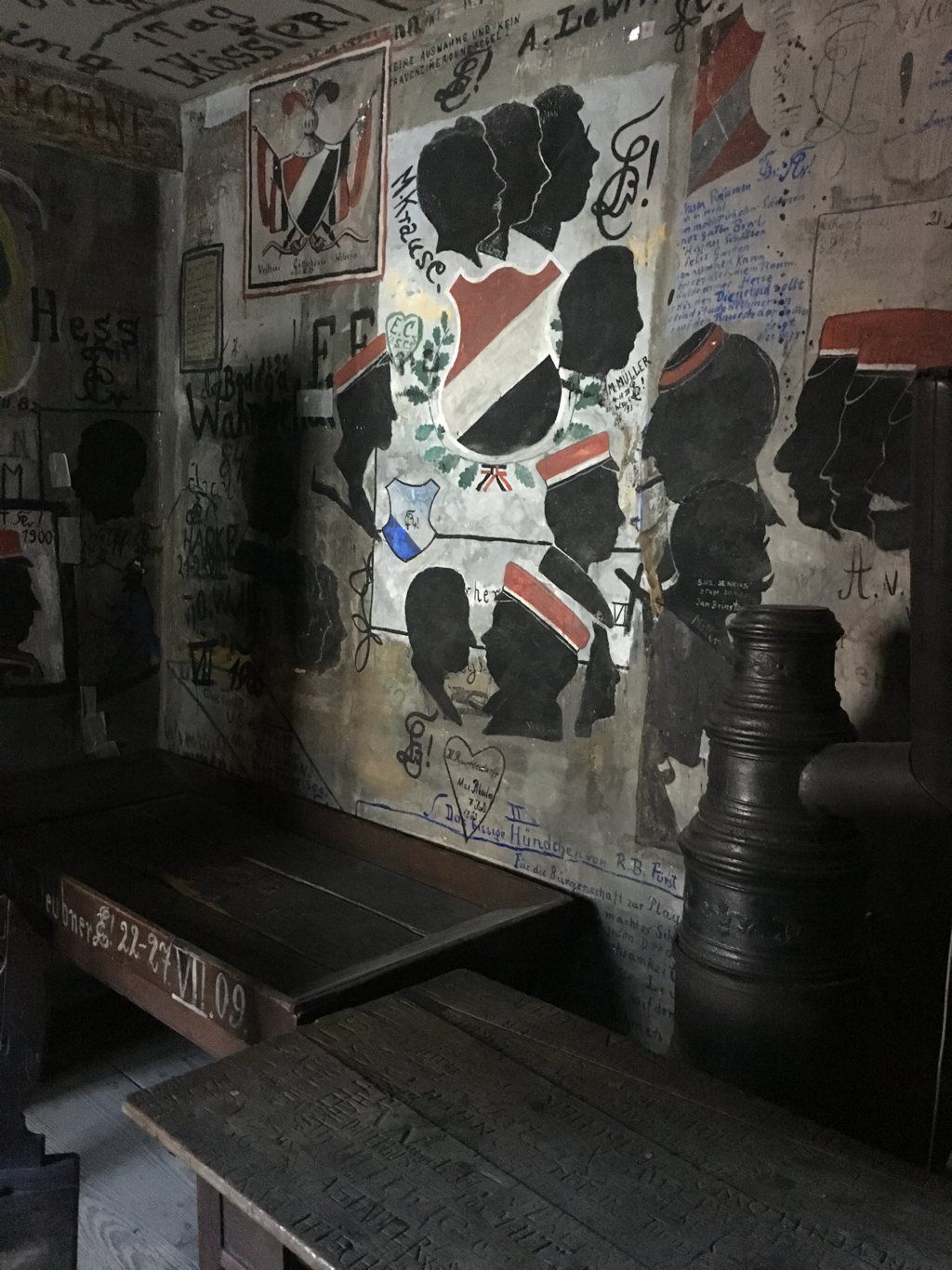
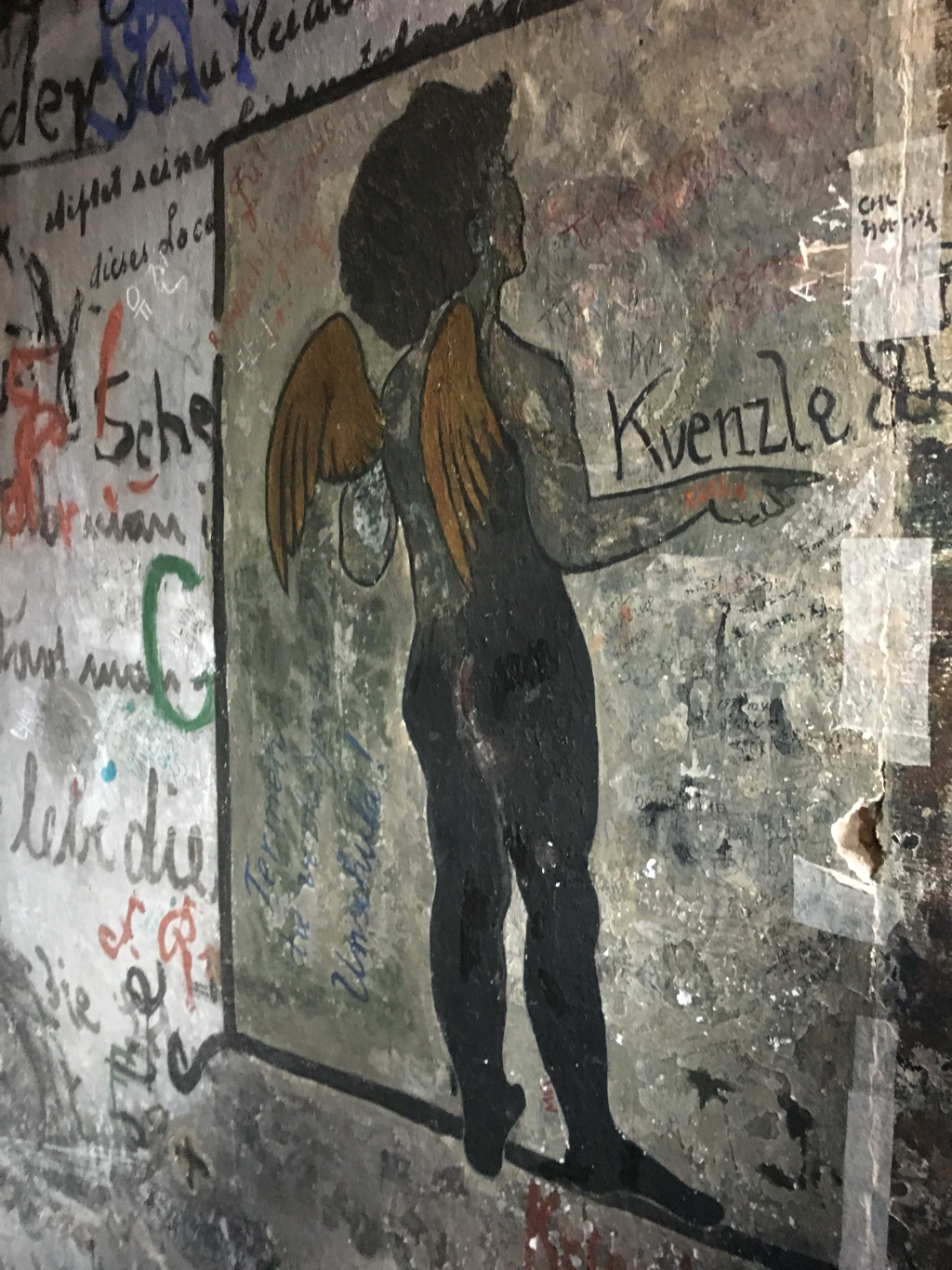
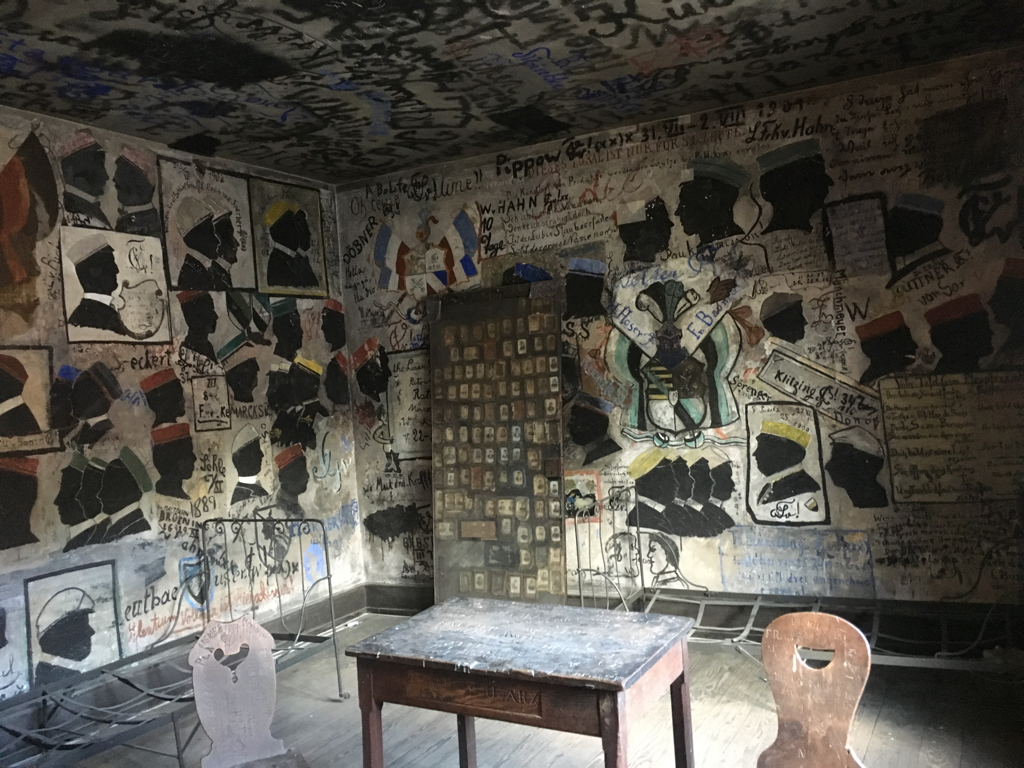
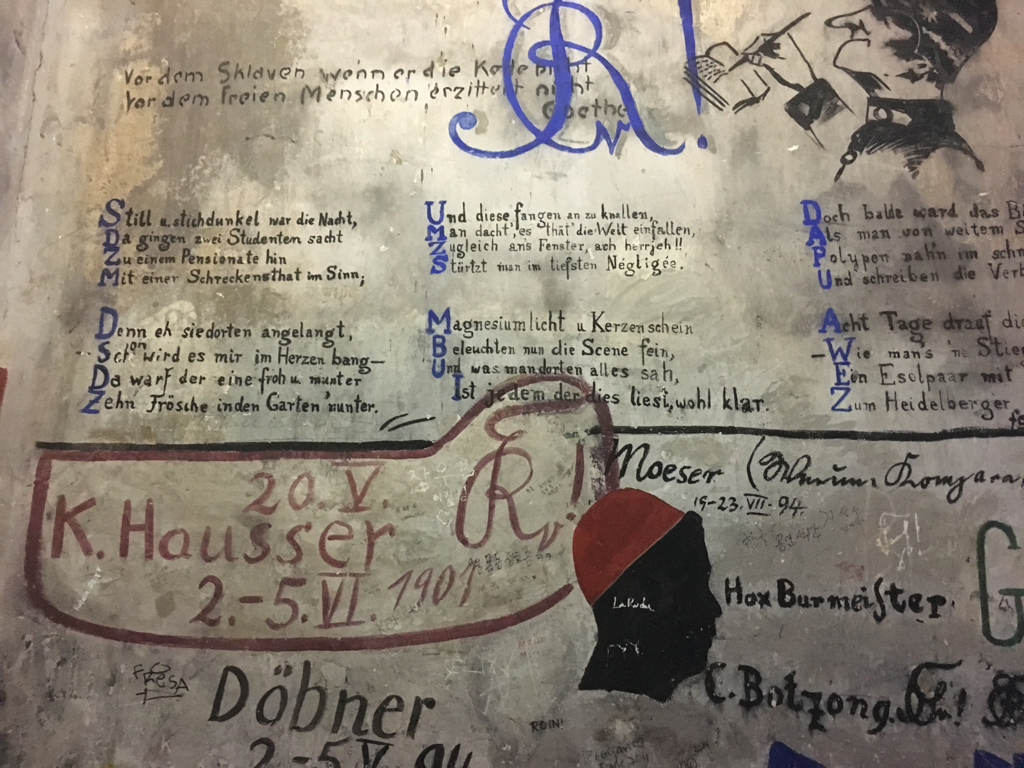
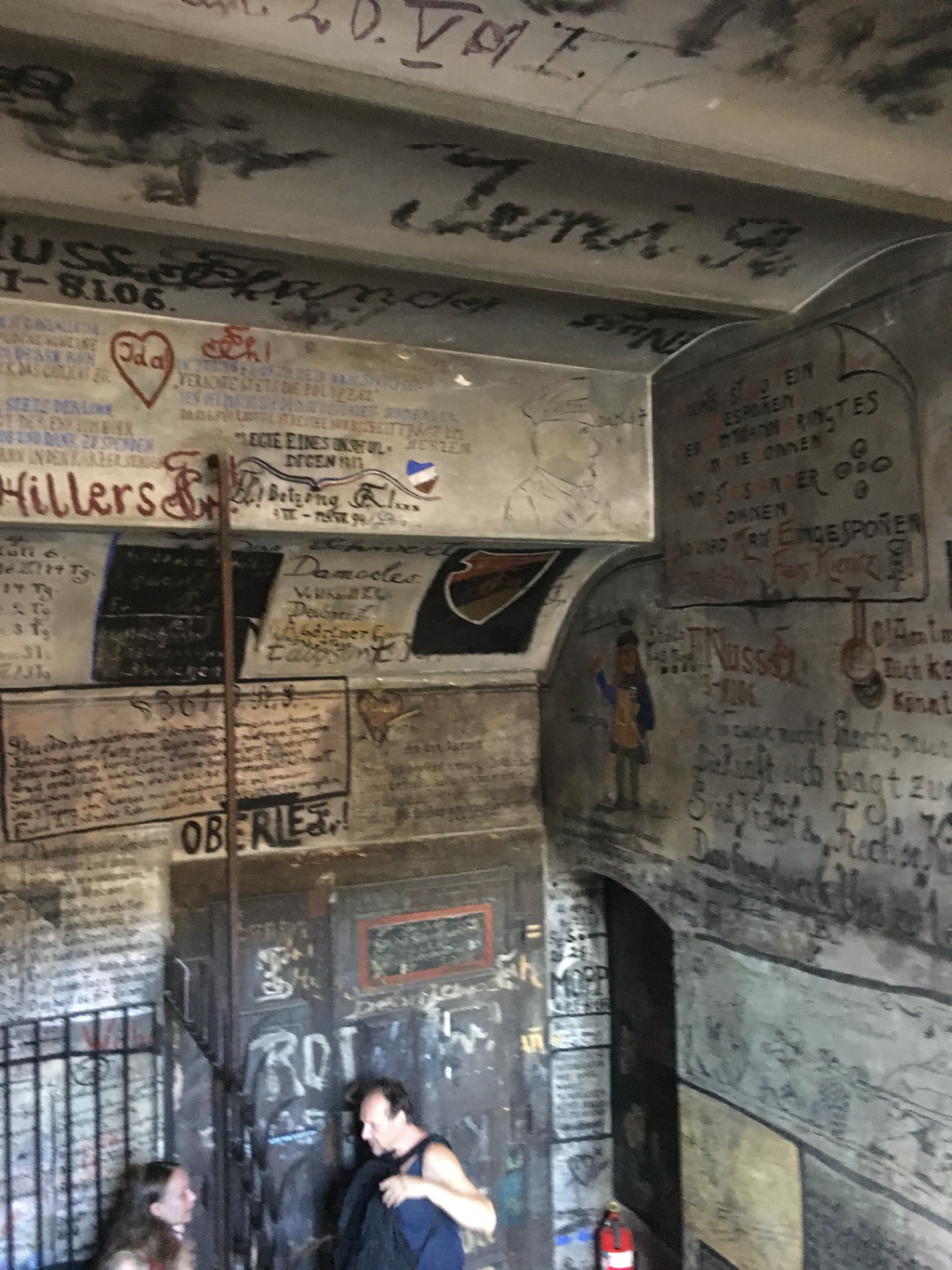
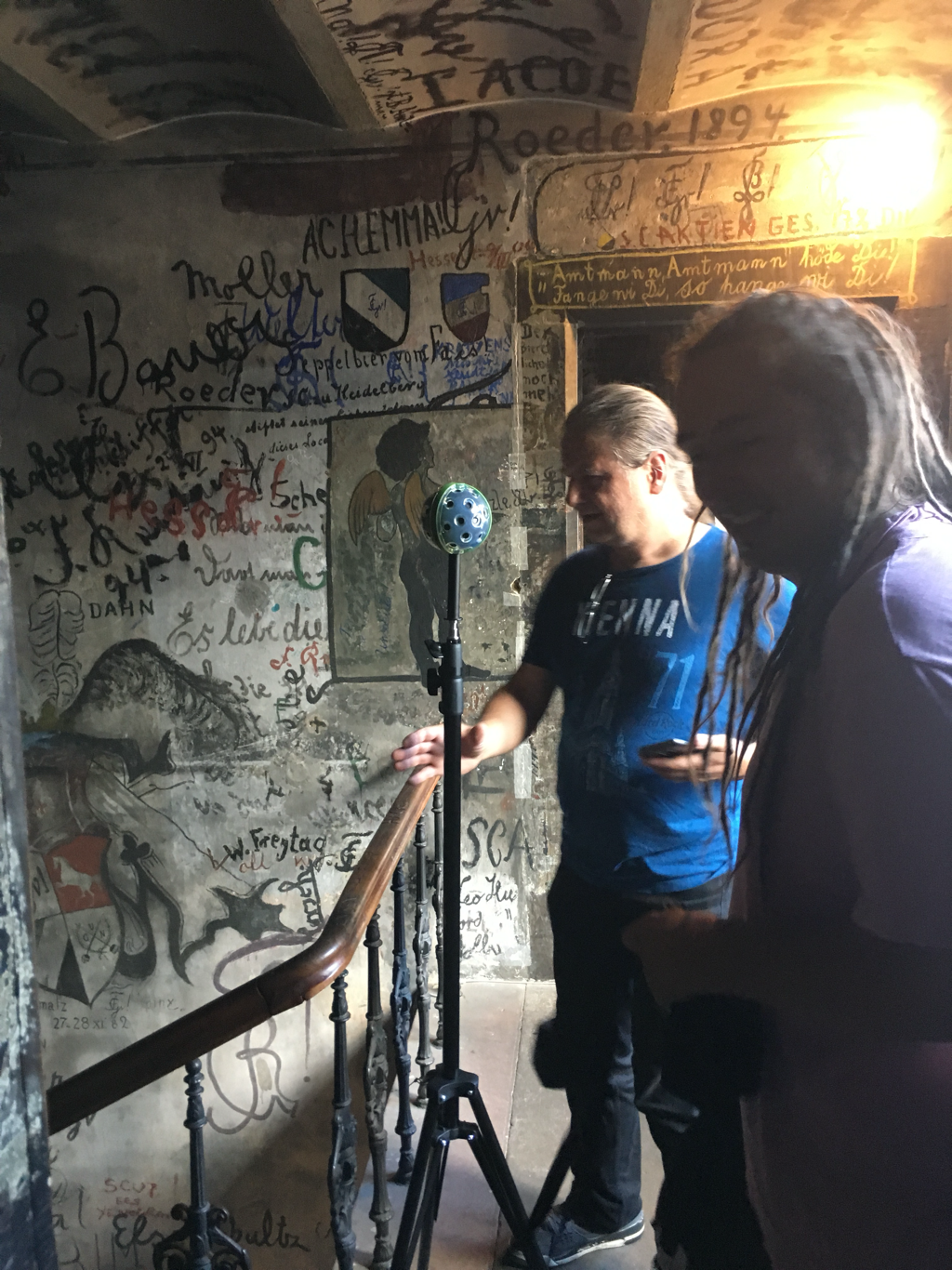
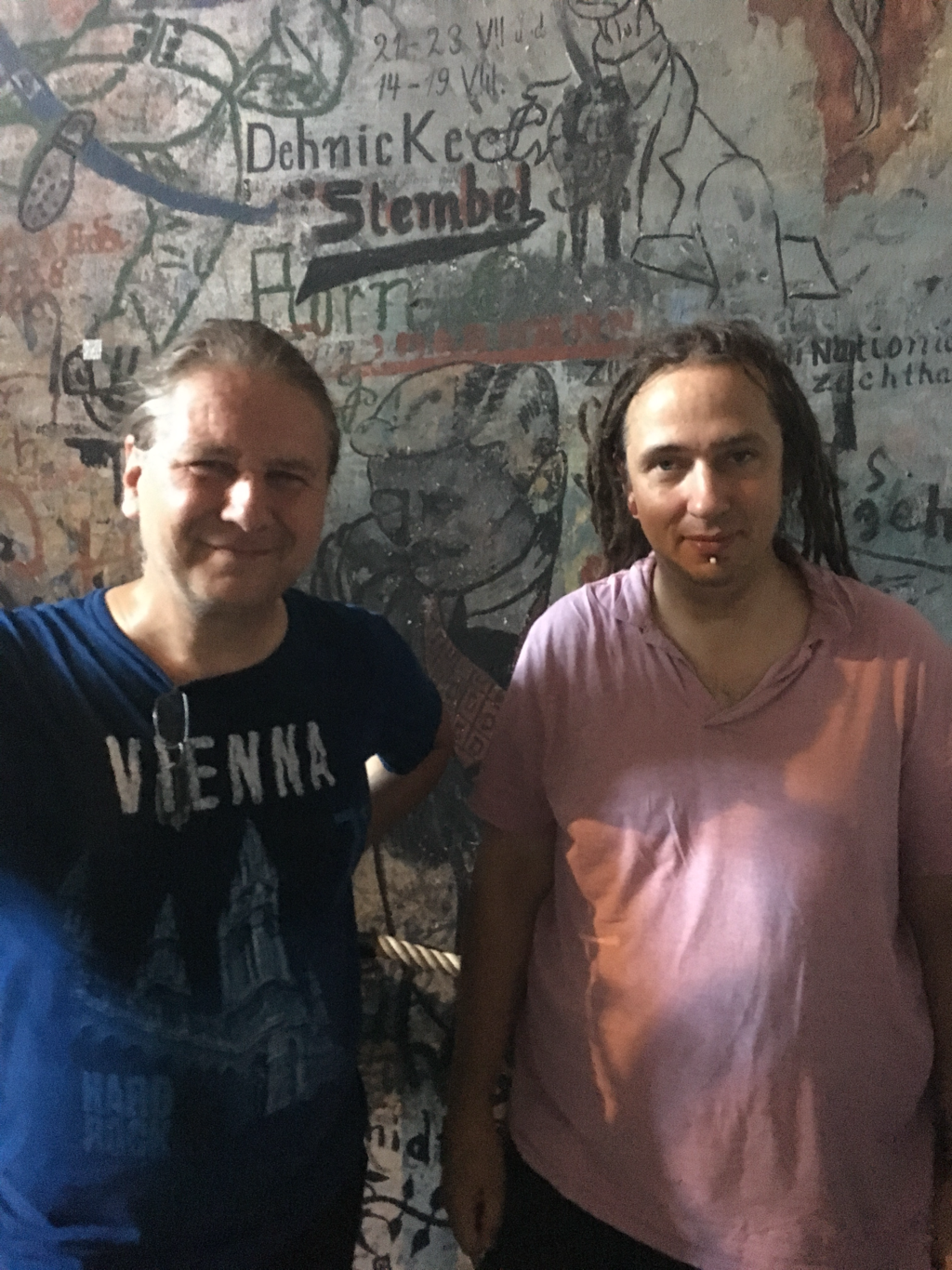
 RSS Feed
RSS Feed
